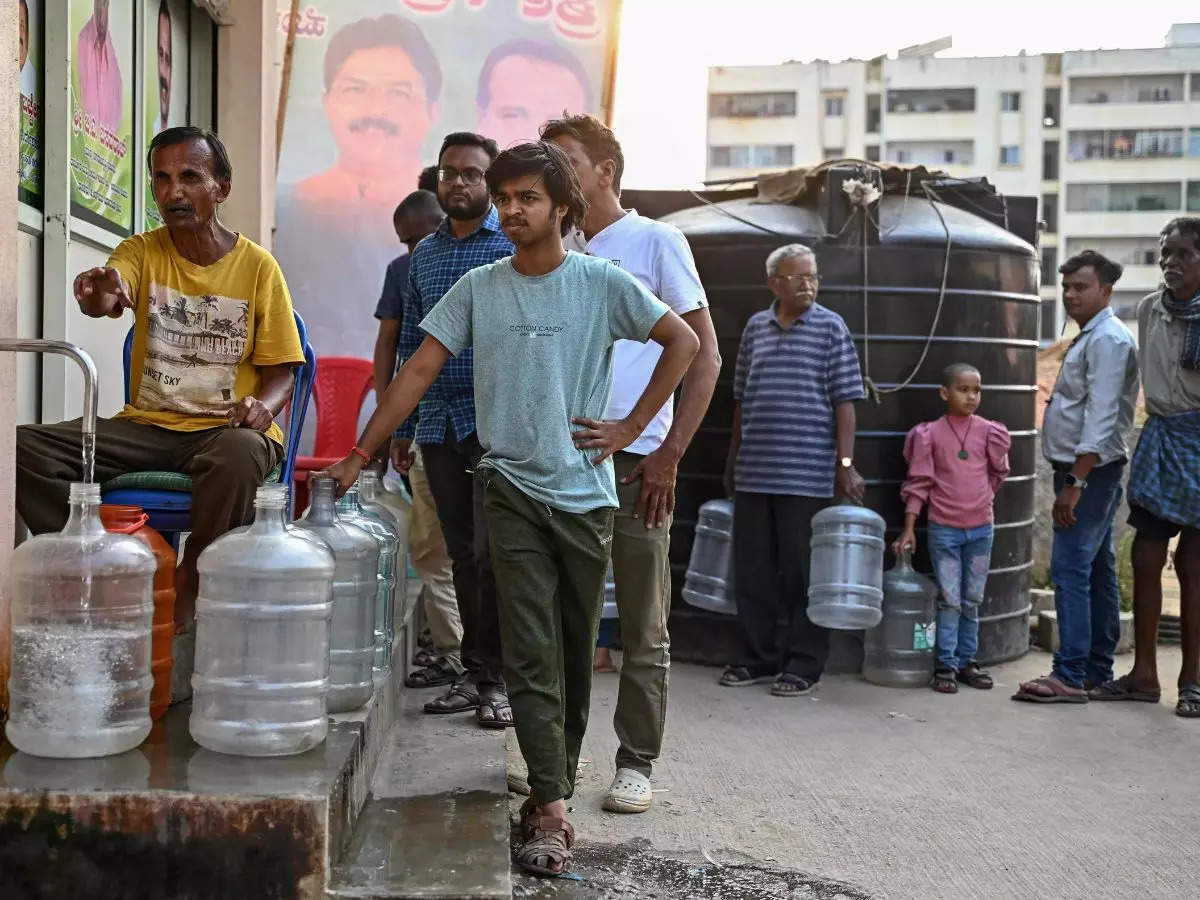Moody’s Ratings has stated in a report on Tuesday that deterioration of water shortage position in India may harm the nation’s credit condition and could lead to social tension and unpredictability in its economical stability.

Moreover, there is an addition that coal power generators and steel makers are most exposed to water stress, according to Moody’s. As stated in the report, less availability of water affects crop farming and production for industries that in turn leads to high food prices for consumers, low income for the industries and businesses involved, social unrest and unease within communities involved.
“This in turn can potentially worsen the volatility of India’s growth rate and stress the resilience of its economy. ”Thanks to the growth of the Indian economy, the country is currently witnessing rapid trends in urbanization and industrialization that put more pressure on the available water resources, according to the report.
The country holds significant prospects of industrial and urban development, and more so, the role of the industrial sector is 25%. at 7% to GDP in 2022 which is below the emerging market G-20 average of 32% according to the World Bank.
Also, ‘In 2022 the proportion of the total population living in urban areas was 36% but this is set to increase given that the emerging markets in the G-20 have a median of 76%. ’ This type of industrial and urban development will increase pressure on water resources from businesses and the citizens as pointed out by the report.
According to the report, India is among those sovereigns, which are more exposed to the risks related to water management than the others. India also ranks the lowest in the provision of basic necessities like water among the G-20 economies – an important factor in evaluating the credit risk arising from ESG factors, as the report notes.

The agricultural sector uses the highest amount of water and is the largest employer in India The farming and low income communities will be likely to be more exposed to fluctuations on production due to changing rainfall patterns and a decrease in overall availability of water, resulting in lower incomes, rising food prices and social unrest. They reveal that looking at the companies they track, those in the coal power generation and steel manufacturing industries are most at risk from water stress.”
As the water reserves diminish their activities can be affected and their revenues decline, which deteriorates their creditworthiness. It states that in India, water consumption is dominated by thermal coal power plants owing to the fact that India depends more on coal fired power plants.
“As conditions become drier […] coal plants in water-scarce areas suffer from outages during the dry seasons when water for human consumption is prioritized over water for industrial use in power generation”. India has water availability per capita at 1,486 cu-m in the year 2021 and is projected to reduce to 1,367 cu-m in the year 2031 as per the Ministry of Water Resources. Water stress is rated at below 1,700 cubic meters per year and water scarcity is given at a level below 1,000 cubic meters per year as defined by the ministry.
The sustainable finance market, according to the report, can offer firms and regional authorities a crucial opportunity to attract financing in India.
At present, Moody’s has assigned a Baa3 rating to India with a stable outlook.



